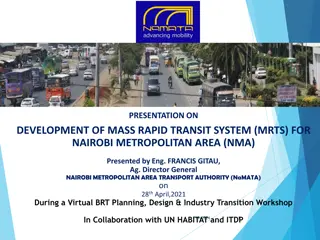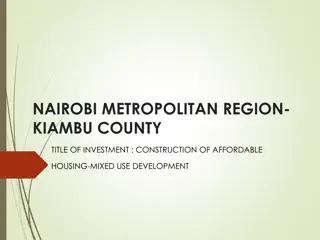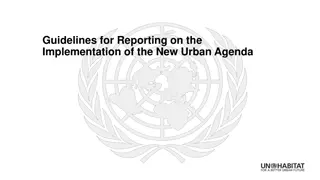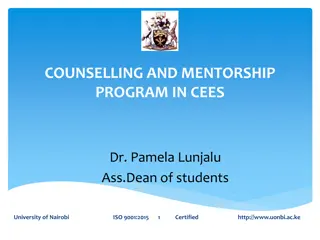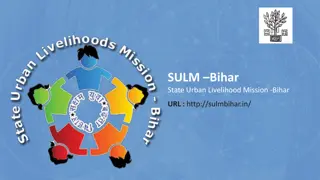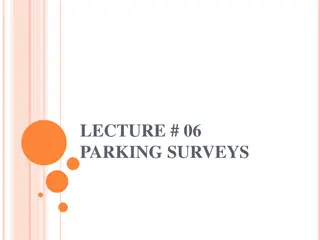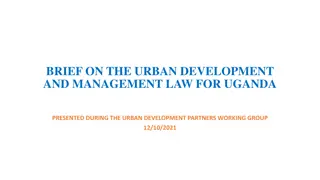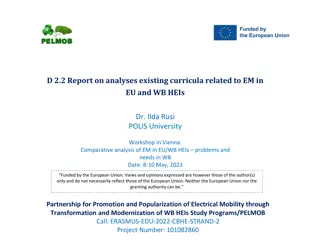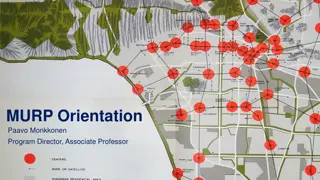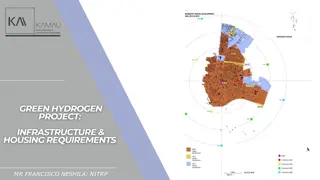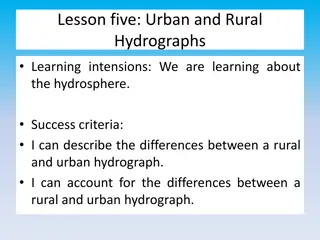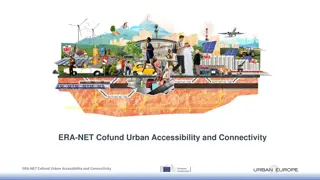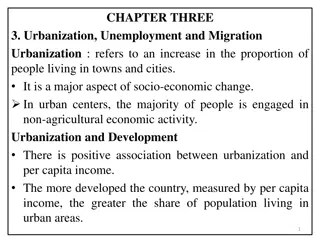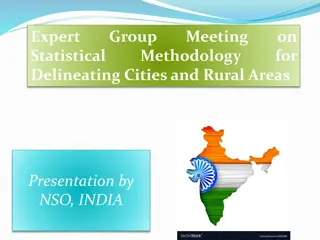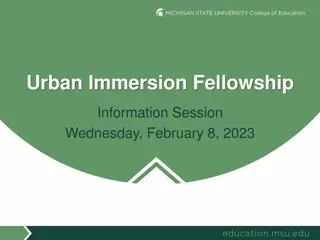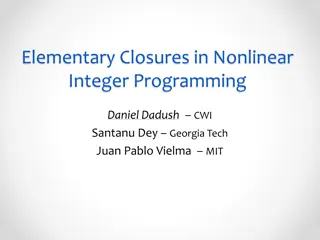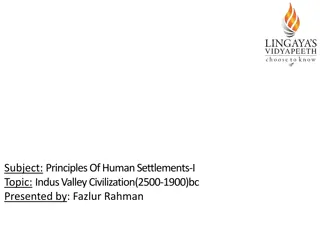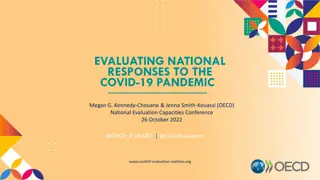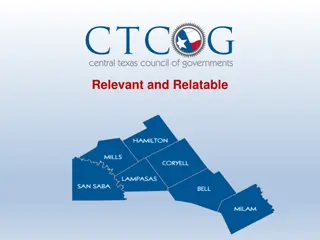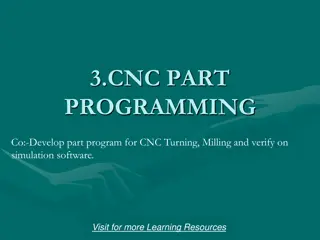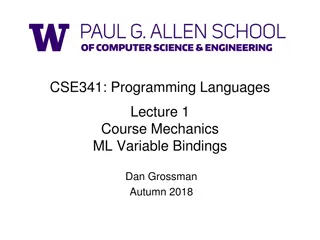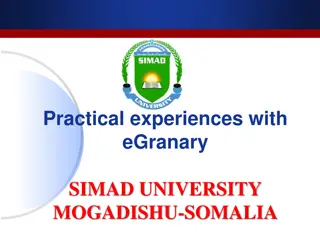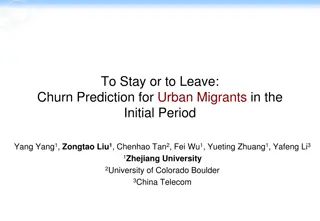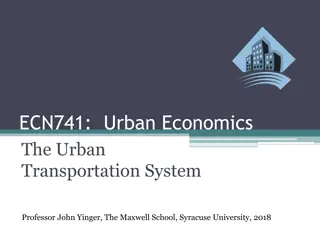Urban Solutions Planning and Programming in Nairobi, Mogadishu, and Baidoa
Analysis of solutions planning and programming in urban contexts of Nairobi, Mogadishu, and Baidoa funded to understand vulnerabilities and aspirations of displaced people. The study framework includes methodology, current situation, factors impacting urban experience, and a specific case study on Kenya refugees. Key objectives involve examining assumptions, strategies, and practices while making recommendations for moving forward.
Download Presentation

Please find below an Image/Link to download the presentation.
The content on the website is provided AS IS for your information and personal use only. It may not be sold, licensed, or shared on other websites without obtaining consent from the author. Download presentation by click this link. If you encounter any issues during the download, it is possible that the publisher has removed the file from their server.
E N D
Presentation Transcript
Analysis of Solutions Planning and Programming in Urban Contexts Case studies from Nairobi- Kenya and Mogadishu and Baidoa- Somalia Funded by:
Content 1. Objectives and methodology 2. Main findings \ 3. Recommendations and way forward
Key objectives Understanding vulnerabilities & aspirations of displaced people in urban centers Examining assumptions, strategies and current practices Making suggestions & recommendations moving forward
Why Urban Solutions? Global and regional trends indicate a progressive urbanization of displacement Urban responses call for a different approach A range of best practices have been identified. How are these ideas being translated into concrete practice?
Methodology Literature review Urban Case Studies Kenya: Nairobi Somalia: Mogadishu & Baidoa 130 interviews with some 250 individuals Analytic Approach: micro-level focus; perception-based
What is the current situation? The lived experience of forced displacement in urban contexts
Factors Impacting Urban Experience Policies / will & capacity of authorities Protection Access to essential services Right to work & economic opportunities Relationship with host population
Kenya refugee case study Securitization of the refugee issue: leading to xenophobia Restrictive refugee policies: de facto encampment policy and threats to asylum space limit opportunities for self-reliance Limited protection space: police seen as a threat Access to essential needs: no direct assistance but refugees are facilitated to access existing services Lack of the right to work: non issuance of work permits Relationships with the host populations: varies significantly according to sub-contexts.
Somalia IDPs case study Large-scale rural to urban displacement due to conflict, disasters, food and livelihood insecurity, weak governance and underdevelopment Limited state capacity to provide protection: violation of HLP rights is a critical protection issue, gender based violence, child labor and forced recruitments Right to work and economic opportunities influenced by contextual factors: limited opportunities lead to competition with a large poor, un- employed host Relationships with the host communities varies from locations based on clan dynamics, attitudes of various power-brokers - gate-keepers , land owners etc.
The notion of durable solutions processes varies according to perspectives: Authorities emphasize return to place of origin Refugeesdream of resettlement ; but hope for local integration IDPs emphasize local integration
What is Being Done? Response strategies, logic and activities for displacement affected urban populations
Responding to urban displacement Solutions oriented strategies being applied Access to services: Working with existing systems; building others Broader collaboration: whole of society approach Area-based programming: Including operationalizing self reliance and resilience Important progress in flexible and adaptive programming
Current response strategies to urban displacement Somalia Kenya Core strategy: actors engagement with govt. across the spectrum Core strategy: building self-reliance, access to essential services through existing systems Barriers: Acuity forces emphasis on emergency response Barriers: limited reach and scale, no work permits Opportunities: building upon existing capabilities Opportunities: NDP provides a framework
Security & acuity: emergency response versus development Will & capacity of the authorities; will & interests of other actors Competing interests: politicization; securitization; profiteering Solutions-oriented urban programming: core challenges Legal rights: HLP , right to work (documentation) Donor resources and funding flexibility Making the response meaningful: Subsistence vs upward mobility Translatingideas into concrete action; macro/micro disconnects
Opportunities Global & regional reiterations: IGAD results oriented process & CRRF Emerging knowledge and learning on urban solutions in other contexts Donor approaches; Consortium approaches; Engagement of development actors Kenya Somalia Promoting counter-narrative to securitization Progressive un-packing of the right to work Increased linkages with technical training & employers in urban settings Progressive stabilization of security Gradually building of Regional state capacity Remittances; diaspora; and social safety-nets
Recommendations What is the way forward? How can response strategies be adapted?
Apply area-based & whole of society approaches more strategically Analyze the breadth of urban actors and develop collective outcomes Invest in urban coordination & systems that facilitate leadership role of the municipalities & authorities In depth analysis of a given area of intervention to identify its unique characteristics THE WAY FORWARD
Correlate in-house skills & capacities with growing demands THE WAY FORWARD Overcome macro/micro level disconnects - facilitate translation efforts Support qualitative assessment processes - from vulnerability-based needs assessment to capacity-based opportunity assessments Support social change processes
Prioritize Localized Operations Strategic engagement with the Municipal authorities Respond to both vulnerabilities and capabilities that capitalizes on urban context - strike a response balance between both sets of characteristics Move towards poverty reduction and creating opportunities for upward mobility (i.e.: moving beyond subsistence) THE WAY FORWARD
Make social cohesion a more strategic objective Urban scenario development should include analysis of potential disharmony Social cohesion should be more proactively promoted in urban programming Urban responders should be supported to develop adequate social change skills THE WAY FORWARD
Continue to evolve Adaptive Programming Donors support to multi-year adaptive, inclusive and flexible programming Early solutions planning - from the outset of the displacement crisis Extended inception periods to allow for urban area-based analysis and local contextualization THE WAY FORWARD
For more information Visit our website on: www.regionaldss.org and subscribe to our bi monthly newsletter or write to us directly on: info@regionaldss.org View ReDSS Solutions analysis dashboard on: http://redss.onalabs.org/


